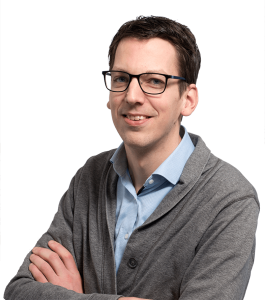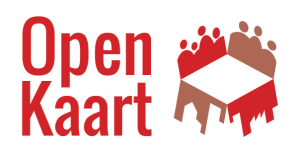The Alte Mu community in the center of Kiel, Germany looks to transform from its current situation of temporary use – in an old arts education building – to a long-term perspective for the coming 99 years. A fundamental condition in this change is doubling the building mass by adding housing to the site. We were asked, via an international open design workshop, to make tangible how the community could keep its vibrant spirit while developing itself in the coming years.
Design Brief
The ALTE MU intends to deconstruct, renovate and expand parts of its existing buildings. Three architectural offices are asked to generate a user-oriented pool of ideas, which will help transform the bottom-up project from interim use into a long-term architectural and urban development model.
The Berlin studio Deadline Architects was elected to further develop the pool of ideas towards realisation, together with the designers on site.
An integral planning strategy with the intersections of people, nature, city and energy needed to be presented. The principle of sharing and self-sufficiency must be given special consideration in the planning.
Project Details
Location
Lorentzendamm 6-8, Kiel, Germany
Period
August – November 2021
Themes
Vision, Transformation, Community
Project Team
Open Kaart
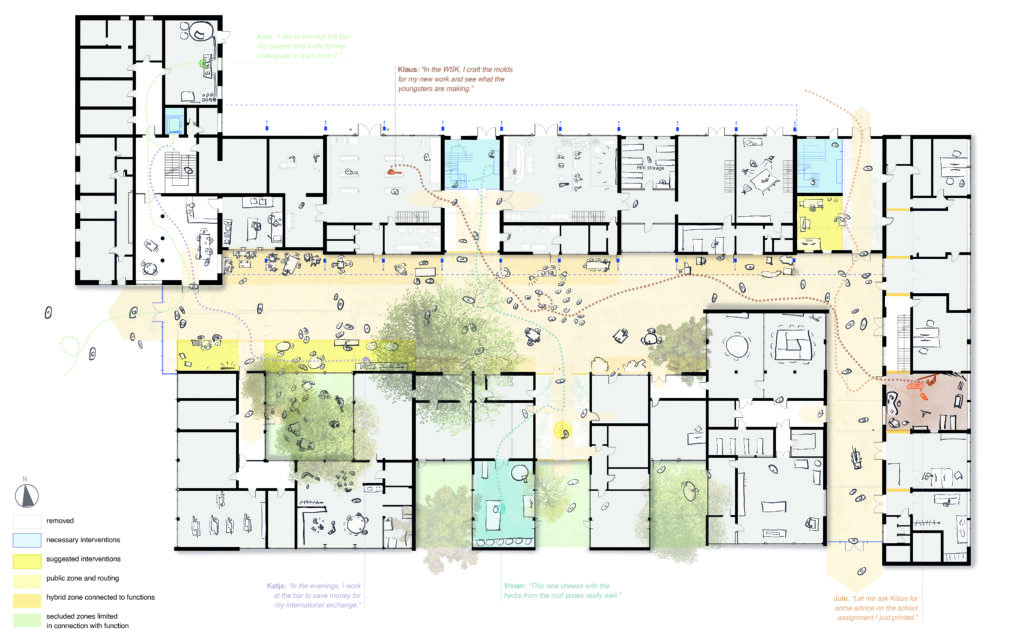

Design approach
The value of Alte Mu is in its users. They take informal ownership of the building – clustered around the courtyard – which leads to enjoyable spaces and practical solutions. This fostering of self-management is, to us, an important prerequisite for its continued growth.
The design requires, therefore, a clear and future-proof structure, in which continuity and change of functions remain possible. An approach that allows for step-by-step transformation that permits daily functions – where possible – to continue uninterrupted by the changes. We emphasize the need to preserve the current informality and adaptability that characterizes Alte Mu’s use of space. Both aspects enhance one another.
We introduce a new ground plane above the low-rise buildings, level with the neighbouring street. It is separate, both constructively and in terms of construction planning, from the low-rise buildings underneath.
This ‘table’ provides a base for the new residences. All the residences have shared facilities on the scale of the floor, the block or the total building, so residents are always part of a community.
Combining living and working
The current uses of the spaces around the courtyard are the result of a growing process of adaptation by its users. The prescribed introduction of 6500 square meter of dwelling will definitely change the use and atmosphere of the place. Adding these users without taking into account a carefull organisation of sound, sight and sunlight is impossible. The how of these measures must be discussed and developed very precisely with the current and future users.
To open this discussion, we propose to largely cover the courtyard with a greenhouse roof to allow use of this space all year round. In summer the roof can be opened, when facing ‘Kieler Wetter’ the roof can be closed to store rain water for drier times. The courtyard will still be a lush outside space, but with a better climate all year round.
The greenhouse roof also improves the energy efficiency of the surrounding buildings, without altering their façades. It greatly reduces potential noise disturbance for the future residences and the surrounding area. The roof further provides opportunity for increased biodiversity for Alte Mu.

Sustainability
While facing climate change and a predicted shortage of phosphate, we believe the strong community of Alte Mu has the conditions to be even more innovative in terms of sustainability. Why not use the biological rest-products they produce?
As adviced by sustainability expert Ad Hoogers, we propose to implement the BioRio system. Hereby sewage, wastewater and organic waste are treated locally to clean the water and produce biogas and fertilizer.
Cohousing
The new residences are flexible by virtue of the layout. Instead of dividing different user groups across the building blocks, we propose a vertical distribution, with lively student housing below to cluster living and even multi-generational housing above.
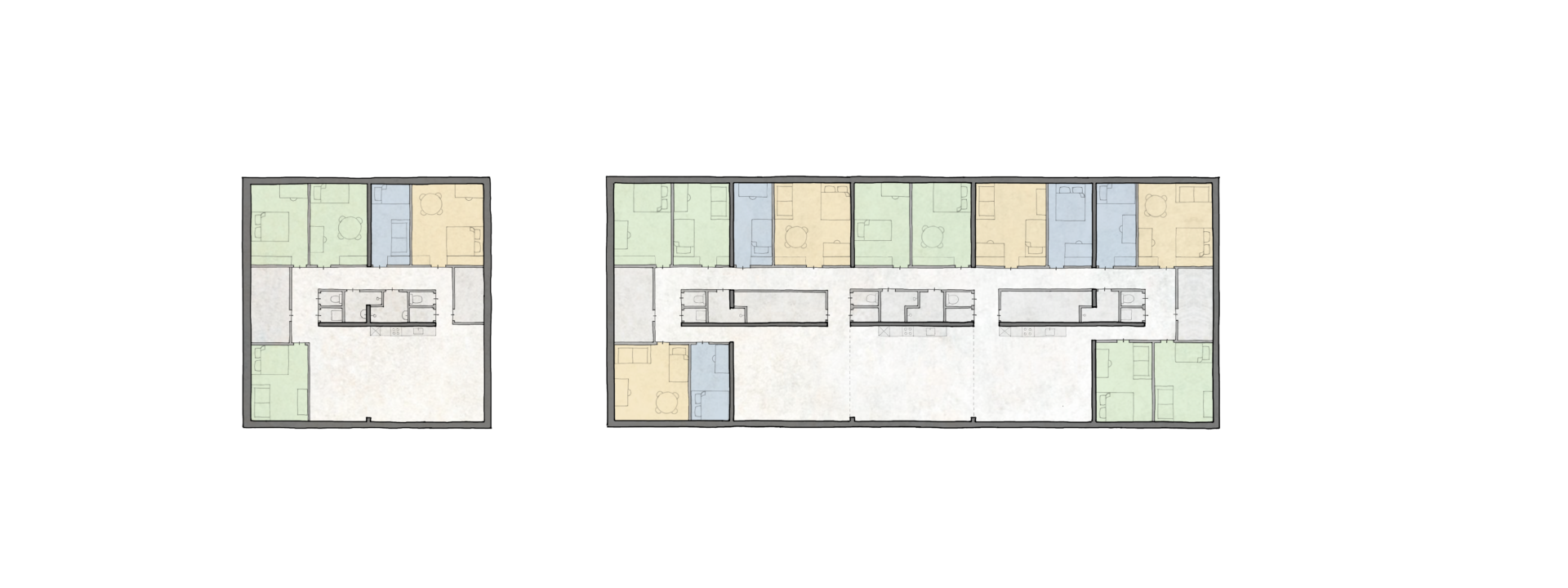
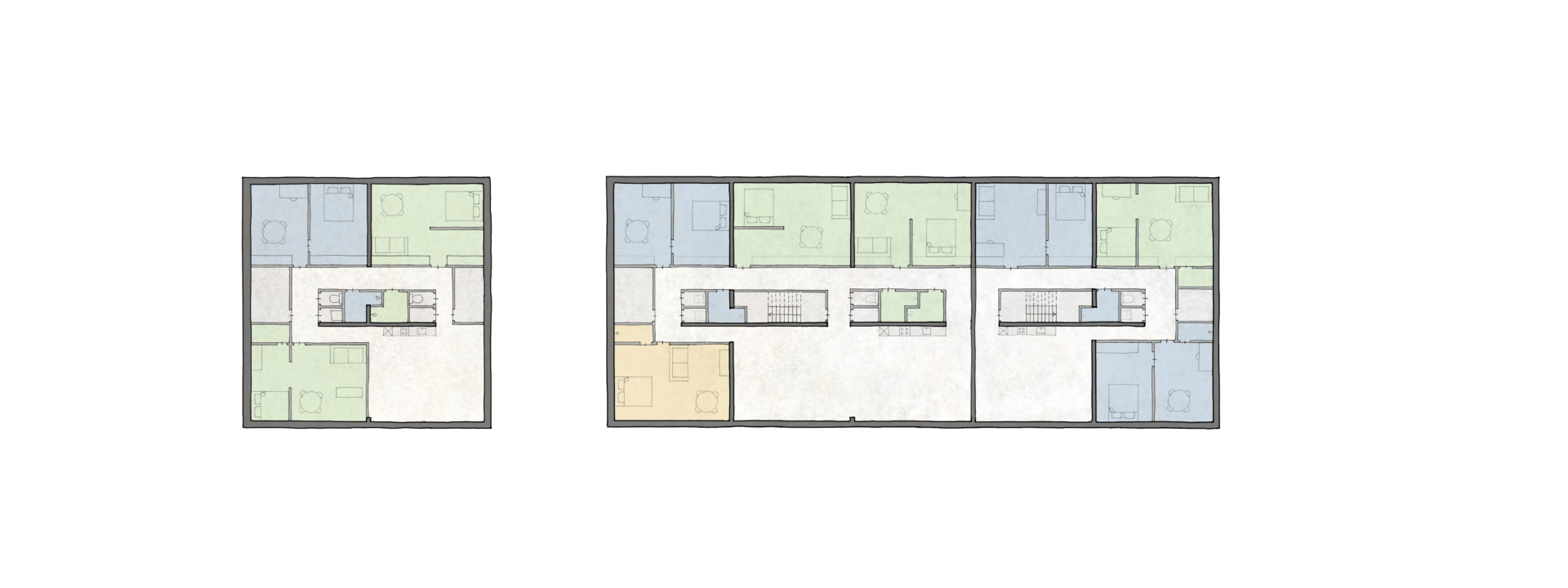
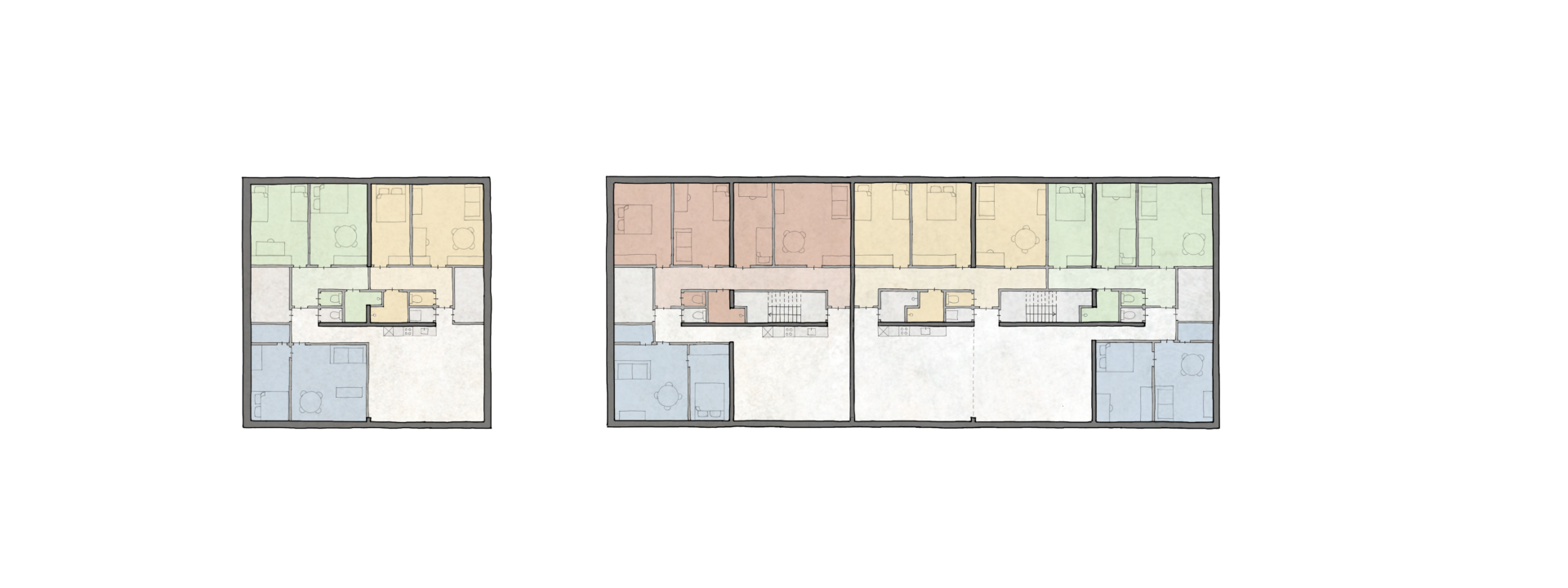
The lay-out of the housing blocks enables different tastes of co-living in the same building structure. From a group of 14 students who have their own room and share a kitchen, sanitation and a living room to a group of 2 or 3 families who have their own apartments but share indoor and outdoor meeting spaces.
With change as a stable factor, the design approach puts the perspective and ability of users to determine their living environment at the forefront. By doing so, we show how the Alte Mu community can develop itself in the coming 99+ years.

Project Location
Related to this project
Projects, news and articles related to the Alte Mu:
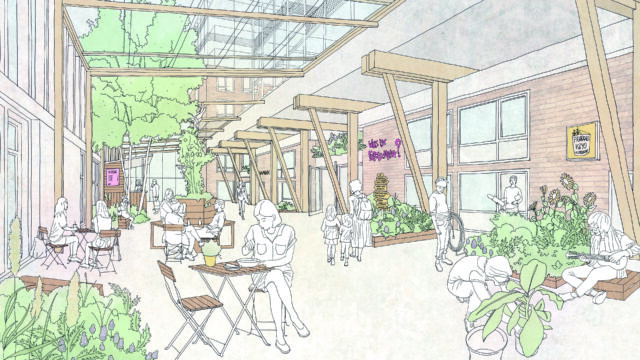
Alte Mu community

Living for One Another - Carnisse
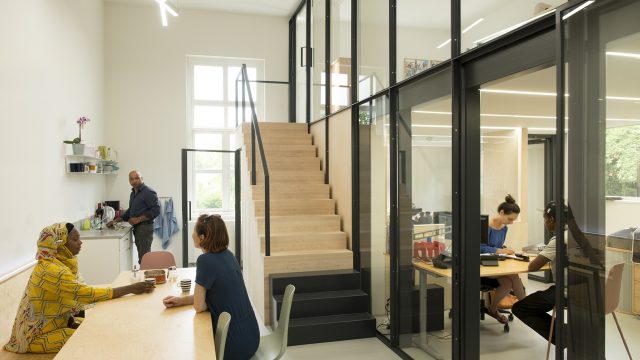
Vluchtelingen in de Knel, Eindhoven
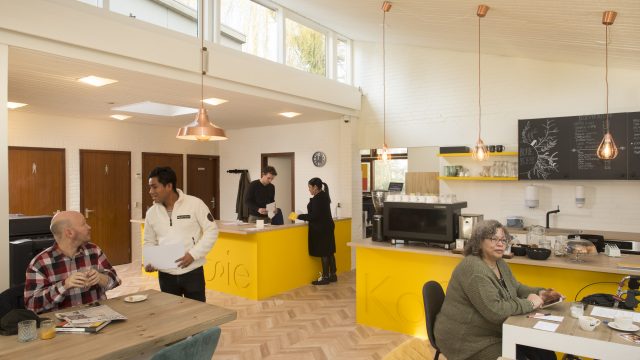
Kopie Koffie Delft
Want to know more?
Mail pieter@deopenkaart.nl
or call +316-18539418
